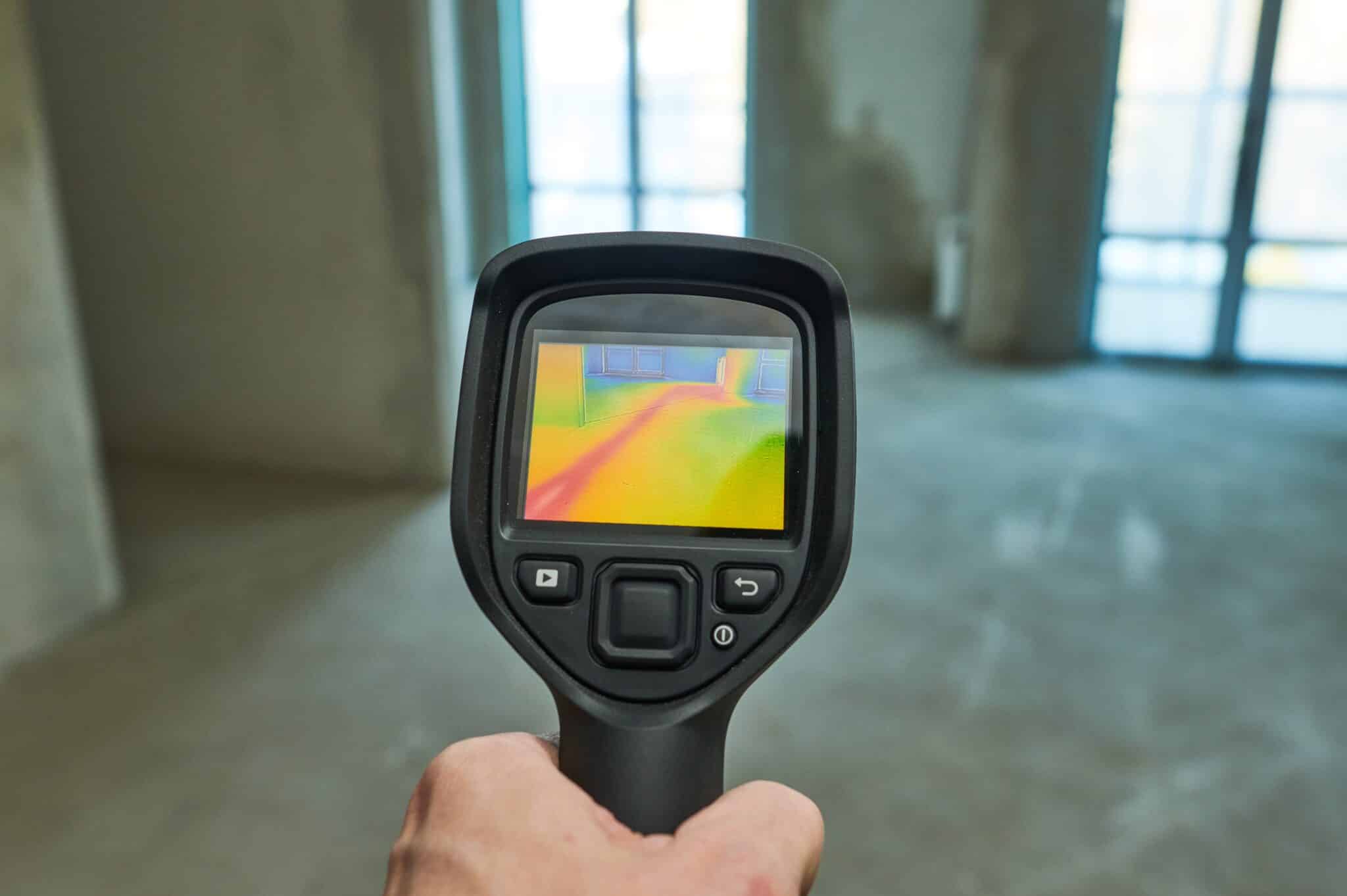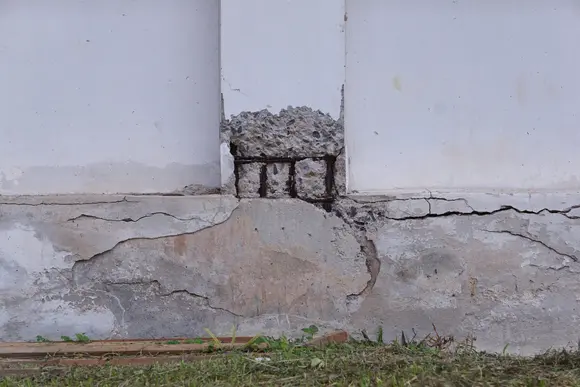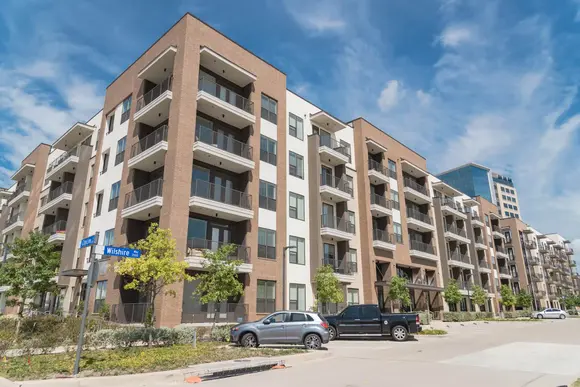The word “remedial works” is a broad term that refers to any construction work that has been carried out to solve a problem or rectify an impact. It may also refer to specific works that have been carried out for these purposes.
The process of bringing a building up to the standards it was designed to have is what is meant by the term “remedial work.” In many cases, this is the result of a combination of defective building structure and poor building quality. In addition to that, it may also entail a number of other flaws such as waterproofing failure, spalling concrete or balcony deterioration.
Remedial works play a crucial role in the construction industry, as they aim to address and resolve issues that may arise in buildings or structures. These works encompass a wide range of activities that are designed to rectify problems and restore the integrity and functionality of the affected areas.
One common aspect of remedial works is conducting diagnostic investigations. Building defects can pose serious risks to the safety and stability of a building. These defects may result from poor construction practices, design flaws, or natural disasters.
Remedial works in such cases involve evaluating the extent of the damage, devising appropriate repair strategies, and implementing structural reinforcements to ensure the building meets the required standards.
Waterproofing failure is a common problem that necessitates remedial works. Improper installation of waterproofing membranes or failure to provide adequate protection against water infiltration can result in moisture-related issues such as dampness, mold growth, and deterioration of building materials.
Remedial works for waterproofing typically involve identifying the source of water ingress, repairing or replacing damaged membranes, and implementing effective drainage systems to prevent further water damage.
Spalling concrete is another issue that often requires remedial works. This refers to the chipping or flaking of the concrete surface, which can occur due to factors like corrosion of embedded steel reinforcement or exposure to harsh weather conditions. Remedial works for spalling concrete may involve repairing the damaged areas, applying protective coatings, or reinforcing the concrete structure to prevent further deterioration.
Concrete spalling is closely related to concrete cancer, as it is often a visible symptom of the underlying corrosion and deterioration of the steel reinforcement within the concrete.
As the concrete spalling progresses, more of the steel reinforcement is exposed to the corrosive elements, exacerbating the concrete cancer.
If left untreated, concrete spalling can lead to further water ingress, accelerating the corrosion process and causing additional damage to the concrete structure. It can compromise the structural integrity of the building, posing safety risks and requiring extensive remedial works to restore the affected areas. Therefore, addressing concrete spalling is essential to prevent and mitigate the progression of concrete cancer.
Balcony deterioration is a specific problem that demands remedial works to ensure the safety and functionality of these elevated outdoor spaces. Balconies are exposed to various environmental elements, which can lead to deterioration of the structural elements, railing systems, or waterproofing systems.
Remedial works for balcony deterioration typically involve inspecting the condition of the balcony, replacing or repairing damaged components, and enhancing the overall durability and safety of the structure.
Remedial works are not only reactive but can also be preventive in nature. Regular maintenance and proactive interventions can help identify and address potential issues before they escalate into major problems. Conducting routine inspections, implementing timely repairs, and performing necessary upgrades can help mitigate risks and extend the lifespan of buildings, reducing the need for extensive remedial works in the future.
In conclusion, remedial works encompass a broad range of construction activities aimed at rectifying problems and restoring the functionality, safety, and aesthetic appeal of buildings and structures.
Whether it involves diagnostic investigation, resolving waterproofing failures, dealing with spalling concrete, or addressing balcony deterioration, these works are essential for maintaining the integrity and longevity of built environments.
Through careful assessment, planning, and execution, remedial works contribute to the enhancement and preservation of our built infrastructure, ensuring that buildings remain safe, functional, and visually appealing for their occupants.

It is important to note that the specific remedial engineering solutions required will depend on the nature and severity of the problem. Professional assessment and expertise are crucial in determining the most suitable and effective remedial works for each situation.

A remedial engineer is an engineer who specialises in repairing structures and land that have failed or been damaged, and pose a danger to people and property. They are highly skilled in diagnosing structural problems and creating repair design specifications for unstable buildings or structures.

Various types of concrete damage like concrete cancer, cracking need structural strengthening, and leaks in basements or ceilings require cost-effective and durable repairs in commercial, industrial, and residential buildings.